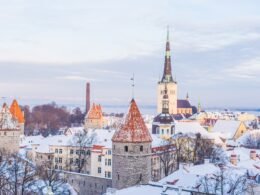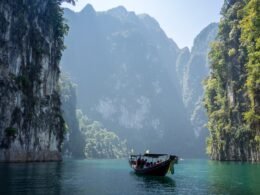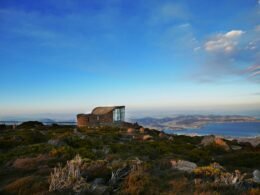Denmark is a unique and beautiful country in Northern Europe. It’s made up of the peninsula of Jutland and a total of 443 islands, though only 70 are inhabited. It’s the smallest of the Nordic countries, though the Kingdom of Denmark also includes the autonomous communities of the Faroe Islands and Greenland.
Denmark itself is mostly flat, which makes it a popular choice with cyclists, as well as having lots of open countryside, forests, sandy beaches and farmland. It’s a magical country without the extremes of terrain or climate found in other Scandinavian countries, but it has its own flare, especially when it comes to art, design and ecology.
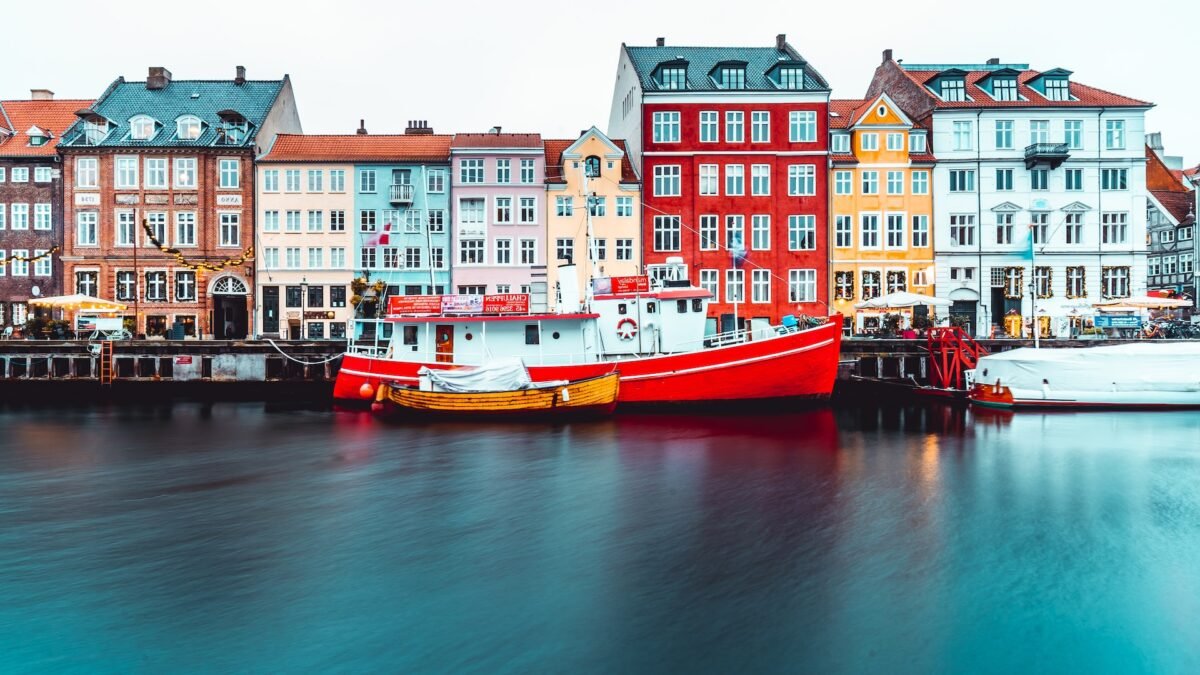
Denmark: Off The Beaten Track
Thanks to its location at the northern tip of Europe, Denmark is less well-known to tourists, so there are plenty of hidden gems. There’s a Danish concept known as “Hygge” (pronounced “hu-guh”) that means something like cosiness, comfort, pleasure and warmth. It expresses a feeling of contentment and well-being, and the Danes are the Hygge experts.
Denmark has a temperate European climate with four distinct seasons, though the winters can be long and cold, they are generally mild. That’s not to say that we don’t recommend visiting during the winter months, since the cities especially can make for a cosy and magical winter break.

Denmark can be an excellent destination for those with an interrail ticket, with convenient connections to Germany and Sweden. If you’re visiting outside of the summer months, we recommend the cities since there will be plenty of art, film, photography and design events to enjoy, including exhibitions, museums and galleries, from the country’s Viking past to the cutting edge of Contemporary art.
The Best Time To Visit Copenhagen
Copenhagen is Denmark’s capital and largest city, located on the eastern coast of the island of Zealand. It’s best to visit during the late Spring or early summer, though it’s popular throughout the year thanks to the plethora of galleries, museums, cafes, events and green spaces. The city has a population of just over 800,000 and is prized among capital cities for its eco-friendly approach, especially when it comes to cycling.
Copenhagen is one of the most bicycle-friendly cities in the world, thanks to its bike lanes, low traffic, bike rental stations and a general acceptance of the bicycle as a dominant mode of transport. In 2019, over 60% of the inhabitants of the city used bicycles as their main mode of transportation when commuting to work, school or University.
Copenhagen is also known for its canals and its Tivoli Gardens, an amusement park and pleasure garden, all of which are best visited during the summer months. Tivoli includes roller coaster rides and spaces for events, live music and other performing arts.
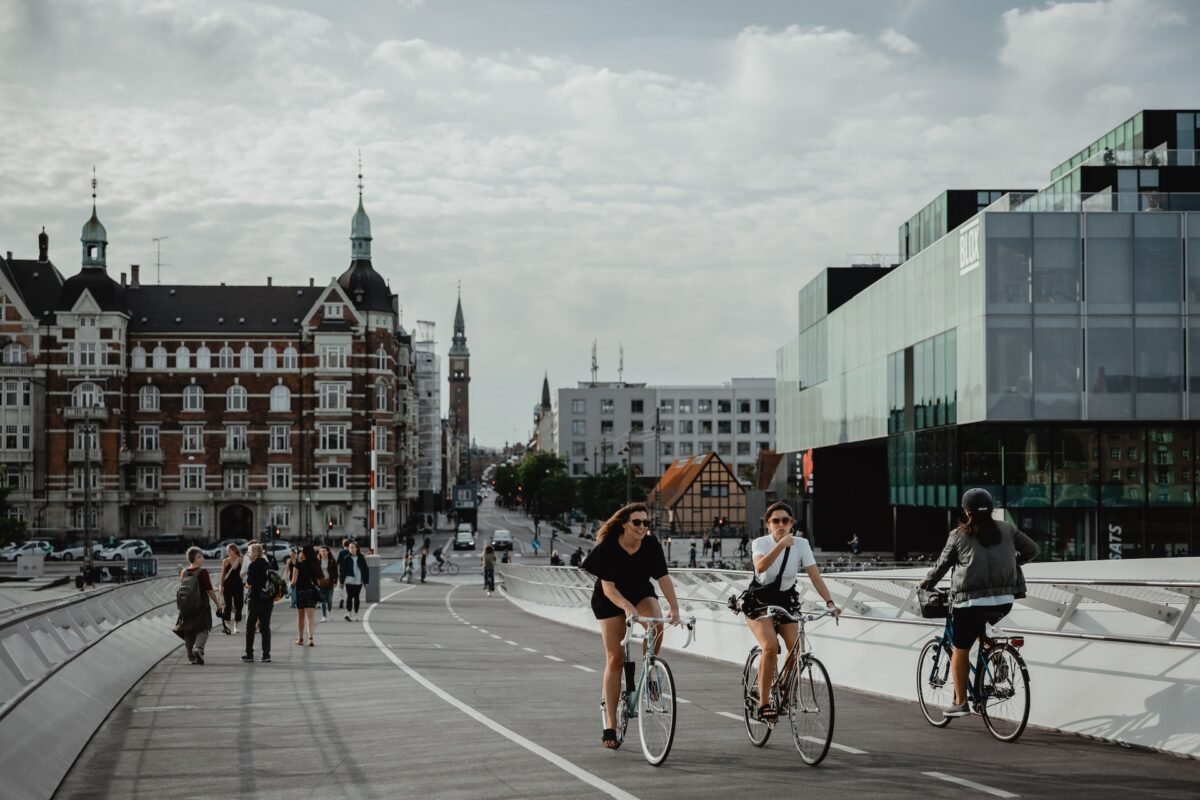
The Best Time To Visit Ærø
Ærø, or Ærø Kommune as it’s been known since 2006, is a small island in the Southern Denmark Region. It’s one of the Danish islands in the Baltic Sea and is accessible via ferry from the third largest island in Denmark, Funen.
The best time to visit is during the late Spring or summer as the island enjoys more sunshine and slightly higher temperatures than the rest of the country thanks to its sheltered southerly location. With a population of close to 6,000, and a coastline of 167 km, Ærø makes for a peaceful and beautiful location and is visited by artists and writers due to its serene qualities and breathtaking scenery.
The terrain is mostly farmland and rolling countryside, with lots of hiking and cycling opportunities. The island is also popular among anglers, thanks to its pristine coastline and many excellent fishing spots.

In recent years, Ærø has been endeavouring to become entirely dependent on renewable energy generated on the island. As things stand, wind turbines and solar panels generate around 40% of the island’s energy.
Marstal, the largest town on Ærø, is home to the world’s largest solar collector system. While Ærø is the only island in Denmark not connected with a bridge to another landmass, so road traffic is low.
Visitors and residents access the island from the mainland via an E-ferry called Ellen, which is a vehicle and passenger ferry that is powered by renewable energy stored in batteries.
Visiting Denmark: Season by Season
Spring: March to June
Spring in Denmark is often a welcome relief countrywide thanks to returning sunlight, blossoms and increasing temperatures. It can still feel a little chilly, but things do begin to pick up in terms of tourist attractions and outdoor pursuits.
Why not enjoy the cherry blossoms, a coastline walk, or plan a hike through a forest? Denmark has a lot to offer the nature enthusiast, and Spring makes for the perfect time to explore the outdoors.
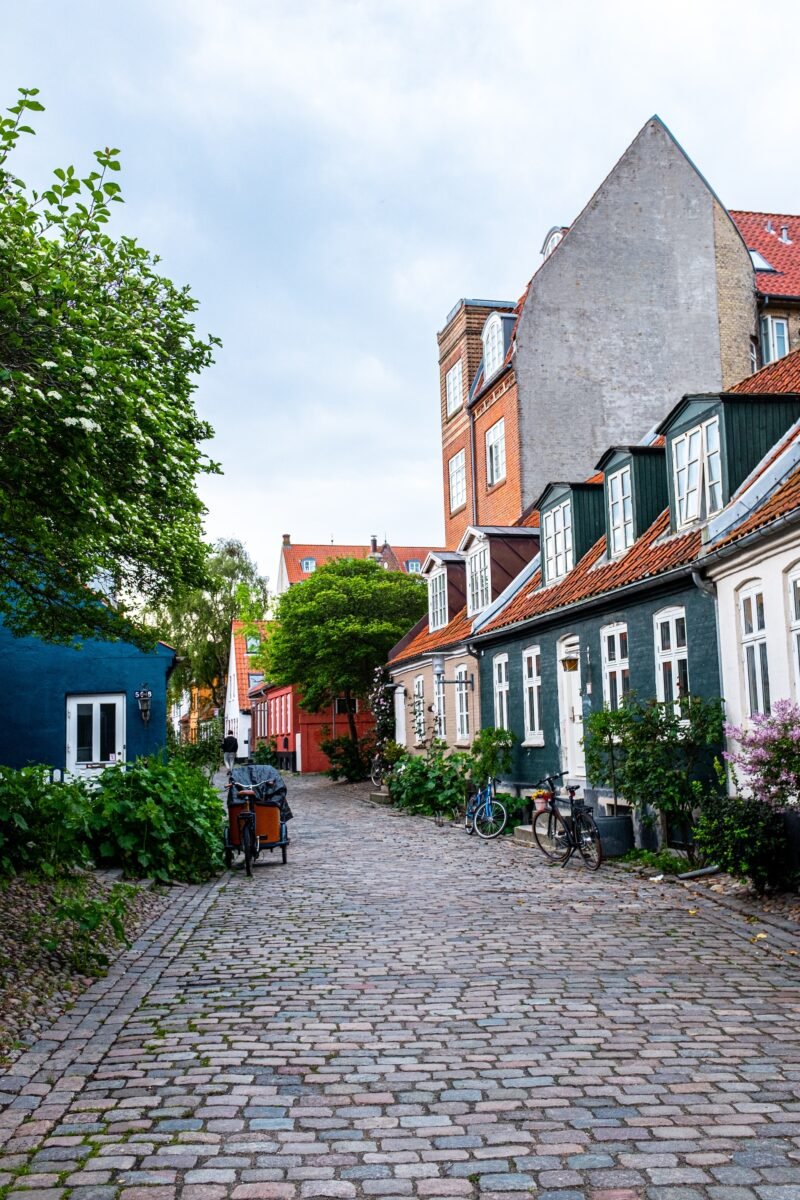
Summer: June to September
The summer months are the best time to visit Denmark: June, July and August. The temperatures are more pleasant and are likely to be between 15 to 20 degrees Celsius. Hiking trails, recreational centres, businesses and other tourist attractions are also going to more accessible and more likely to be open during the summer. For the most part, the summer also means the beginning of music festival, parties and celebrations across the country.
Autumn: September to December
Tourist attractions begin to wind down in the Autumn, though the change of scenery in the forests and in the countryside makes for an excellent spectacle. Coastal swimming is going to be a bit more refreshing than in the summer, while the cities will still have a lot to offer. In mid-September tourist attractions outside of the major cities will begin to close, but there’ll still be plenty on offer in terms of galleries, arts and culture.
Winter: December to March
The winters in Denmark can be cold and long, but there are typically mild. Because the climate in Denmark is temperate, there’s rarely extreme weather and the winters make for an excellent opportunity to wrap up warm and head to Copenhagen, Aarhus, or Odense. Winters in Denmark are when Hygge really into its own with cosy cafes and film events galore.
Denmark: One Of A Kind
Denmark is truly one of a kind, thanks to its abundance of natural wonders, island culture and unique approach to design. If you get to choose, go during the summer months as you’ll be able to enjoy everything this gem of a Nordic country has to offer.







